 By Vanessa Robinson
By Vanessa Robinson
Date: 22/08/2018
On the 30th of May 2010, the life that I knew was instantly gone.
It was a typical Saturday in May when I put Chase and Tyler to bed. The autumn nights were cold, and I left the gas heater on to keep the house warm. In the middle of the night the boys became unsettled, so they came into my room and went back to sleep with me. That was the last time I saw my children alive — they never woke up.
Unbeknownst to me, the gas wall heater in our rental property was faulty and it hadn’t been serviced for years, this combined with the fact there was no ventilation in the house — which is critical when operating an open flued gas wall heater. The heater spilled out a poisonous gas called carbon monoxide into our home, which killed both of my sons and left me — after spending a month and a half in hospital, with permanent, debilitating health problems (not to mention the never-ending emotional impacts).
I had thought like any other parent that my children were safe in their own home. I followed the checklists and read as much safety information as possible provided by parenting websites and magazines, and in all those years I never came across anything that indicated a gas heater could be deadly.
After the accident, I realised that we had massive gaps in Australia when it came to gas and fuel burning appliance safety and carbon monoxide awareness. In fact, I was beyond shocked that there was such a substantial risk within the majority of our homes and hardly anyone was aware of the dangers.
I couldn’t stand by and watch this happen to another family, so therefore in 2011, I founded the Chase and Tyler Foundation in honour of my children.
Facts and preventative methods
What is carbon monoxide?
Carbon monoxide is produced by the incomplete burning of various fuels, including coal, wood, charcoal, oil, kerosene, propane and natural gas.
Who is at risk from carbon monoxide?
All people and animals are at risk for carbon monoxide poisoning. Certain groups such as pregnant women, unborn babies, children, the elderly and people with chronic heart disease, anaemia, or respiratory problems are more susceptible to its effects.
Symptoms
Knowing what to look out for is the first step in combating carbon monoxide poisoning. Carbon monoxide can often be mistaken for viral infections or the flu.
When carbon monoxide is inhaled, it replaces oxygen in the blood, which may cause symptoms including headaches, drowsiness, shortness of breath, dizziness, vomiting, nausea, weakness, confusion, chest pain or collapse. High levels can cause loss of consciousness and death.
Preventative measures
- Service all gas and fuel-burning appliances every 1 – 2 years by a qualified gasfitter
- Never block ventilation and always make sure there is enough fresh air in the room while operating your gas or fuel burning appliance
- Minimise the use of exhaust fans at the same time open flued gas heaters are used. Using exhaust fans in the kitchen or bathroom can create negative pressure and lead to gas heater emissions being sucked back into the house rather than allowing them to be exhausted to the outside air
- Install an audible carbon monoxide alarm within your home
- Ensure all chimneys and flues are swept and inspected annually
- Never bring an outdoor gas or fuel-burning appliance inside your home/tent or caravan
- Never leave your car’s engine running idle in an attached garage to your home
By following these simple tips, you can help protect you and your family from the silent killer, carbon monoxide.
The Chase and Tyler Foundation is the only not for profit charity within Australia, dedicated to providing a national preventative health and safety effort on domestic gas and fuel burning appliance safety, carbon monoxide poisoning prevention and energy poverty.
For more information on gas and fuel burning appliance safety and carbon monoxide poisoning please visit www.chaseandtyler.org.au

